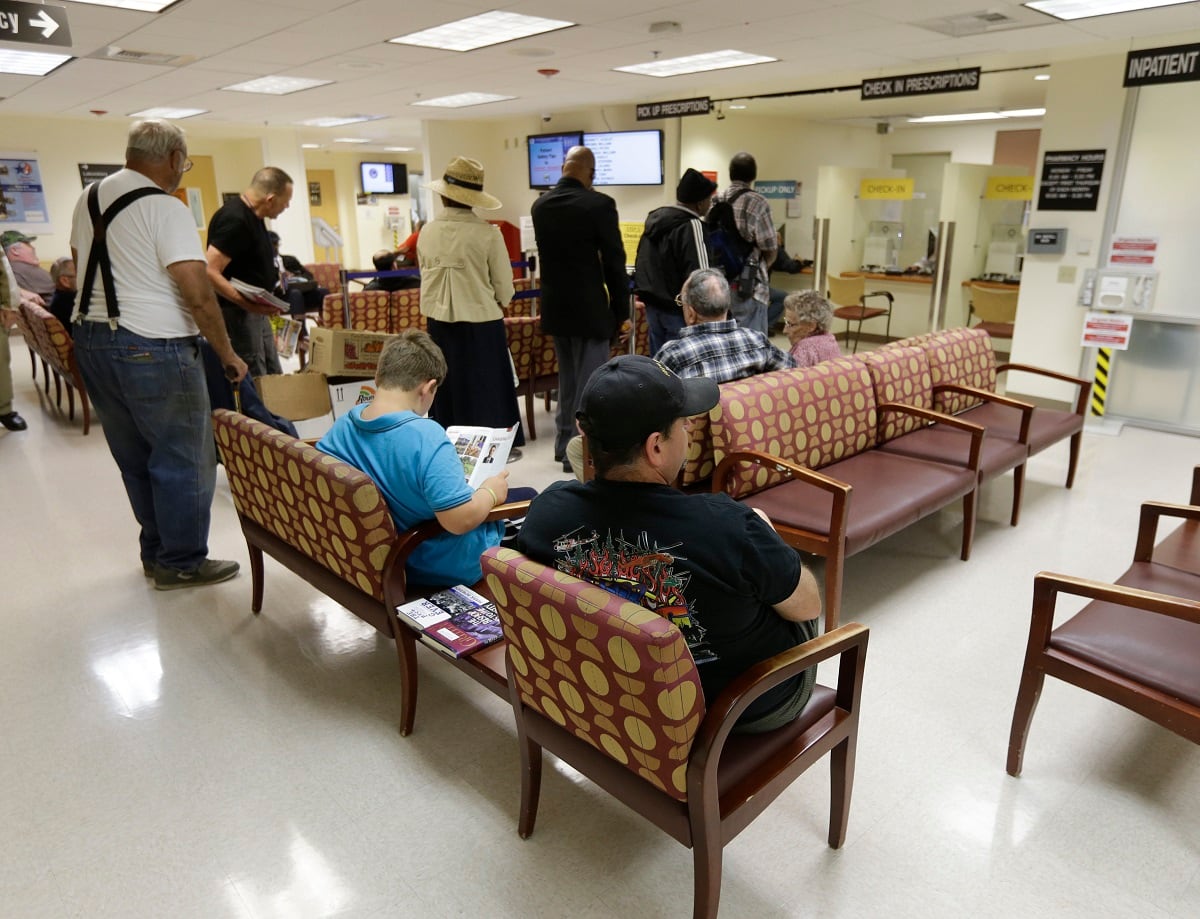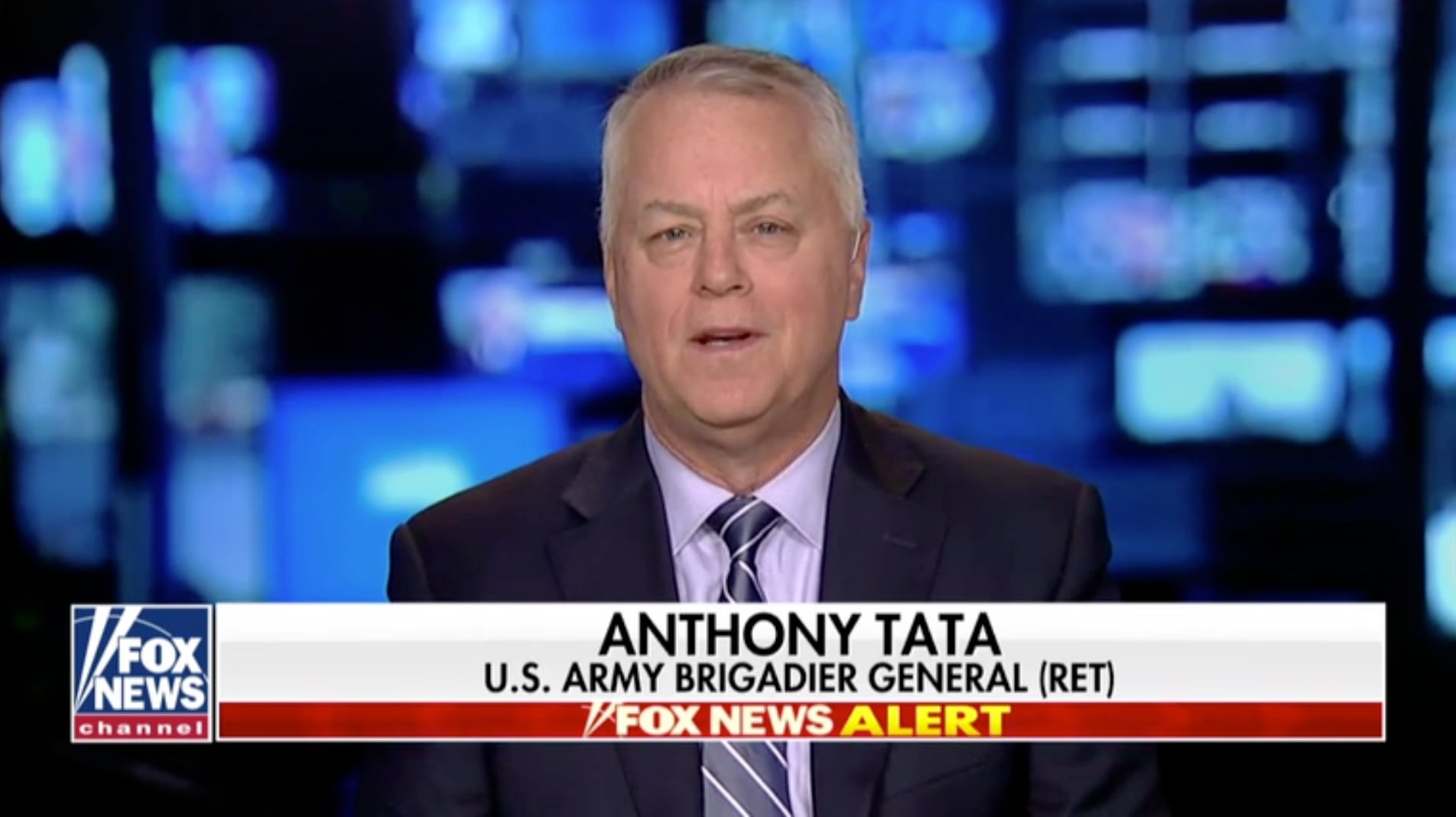The Trump administration recently announced a plan to cut each cabinet department’s budget by 5 percent as part of an effort to rein in the federal government’s growing budget deficit. However, Secretary of Veterans Affairs Robert Wilkie said that while he is developing proposals to reduce spending within the Department of Veterans Affairs, he still expects Congress to approve another record-breaking VA budget for fiscal 2020.
If that is what ultimately transpires, that would represent a huge missed opportunity to eliminate waste and better allocate resources within the VA. Here’s why:
Since 2001, the VA budget has more than quadrupled from $45 billion to close to $200 billion for the current fiscal year. This massive infusion of funds couldn’t prevent the falsification of thousands of veterans’ medical records or bribery and fraud among VA officials.
More money hasn’t stopped reports of poor quality medical care for our veterans and didn’t prevent the deaths of hundreds of veterans on waiting lists.
Instead, we continue to see examples of waste, fraud and mismanagement at VA.
We read about VA facilities not meeting cleanliness or infection-prevention standards and about 10,000 patients awaiting prosthetics.
We learn that VA continues using an inefficient and outdated IT system, making it particularly susceptible to fraud and abuse.
We find out about the department renting in-home hospital beds for three patients for three years at a cost of $877,000 when the beds could have been purchased for $21,000, or buying a “special needle” for $900 that could have been bought for $250.
And still the critics say, “More money!”
In addition to funding increases, the VA has seen a dramatic increase in personnel beyond the increase in patients. From fiscal 2014 to the end of fiscal 2017, the number of VA patients grew by 3.6 percent while the number of department personnel grew by 12.5 percent. Today, the Department of Defense is the only federal agency with more employees than the VA. These personnel increases have not solved the VA’s core problems.
Instead of alarmist warnings about budget cuts, policymakers should focus on substantive reforms that will improve the VA’s current system while ensuring taxpayer dollars are more wisely spent. While the VA MISSION Act was a good first step down this road, there’s still plenty more to do.
Approximately 80 percent of veterans have insurance coverage through private providers or federal programs like Medicare. When veterans elect to receive medical care not related to their service-connected disabilities through the current VA Choice program or the future VA community care program, the VA should serve as their secondary payer (as opposed to the primary payer, which is the first to cover medical expenses). In 2016, the Congressional Budget Office estimated this could save about $200 million over 10 years.
RELATED

Similarly, according to the 2015 Independent Assessment of the Veterans Health Administration, streamlining the VA’s processes for collecting monies owed by insurance companies and aligning its reimbursement standards with best practices from the private sector could save upwards of $1 billion a year.
Equalizing copayments for non-service connected care within the VA with those paid by military retirees enrolled in TRICARE is another commonsense reform. Some would argue that this would raise the costs of health care for veterans but why should someone who served two to four years pay less for their health care than someone who served more than 20?
This small adjustment to copays, which would amount to a few dollars a month, would save the VA up to $1 billion a year.
VA should also continue to dispose of some of its 430 vacant properties and 784 underutilized buildings. Additionally, the VA must stay on track to meet deadlines set by the VA MISSION Act to evaluate its current infrastructure and identify adjustments to meet the needs of current and future generations of veterans. If the VA fails to realign its infrastructure to the future needs of the veteran population, the cost of maintaining outdated facilities is expected to soar billions of dollars above what has been budgeted for maintenance.
These reforms and others would allow the VA to focus resources on what really matters ― giving veterans the best care and benefits possible. Instead of fearmongering about a potential budget reduction, we should be more concerned with the VA spending what it already gets in a more efficient and effective manner.
Throwing more money at the VA will not solve all its problems. Instead, Congress and the VA need to be held accountable to implement urgently needed reforms. Simply dumping more resources into the VA without eliminating waste and inefficiency does a disservice not only to our veterans but to the American taxpayer as well.
Dan Caldwell is the executive director for Concerned Veterans for America.





